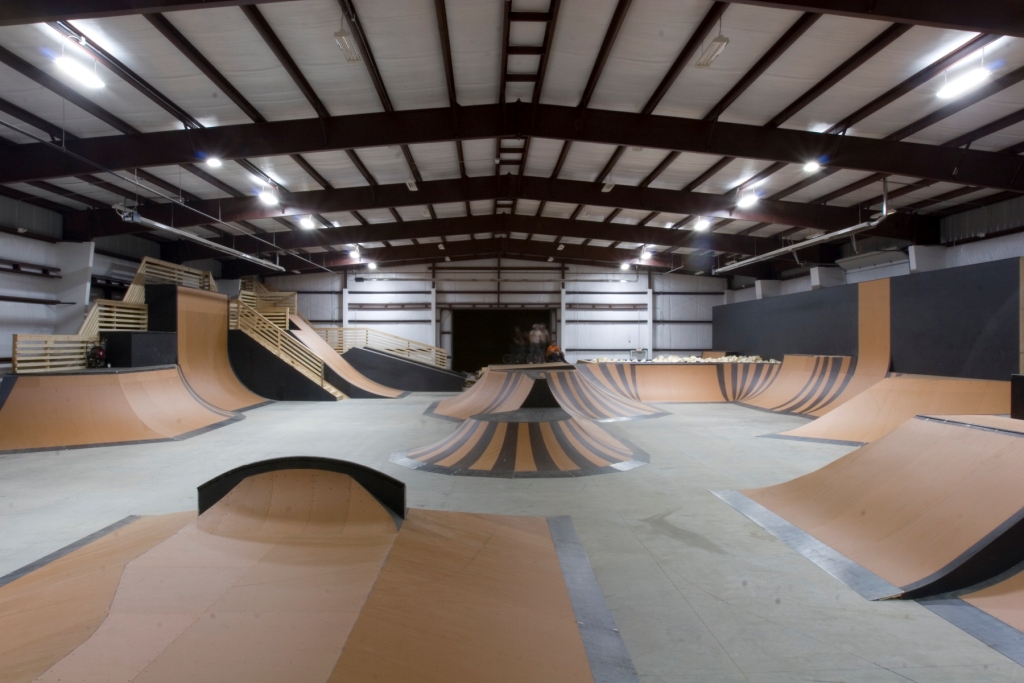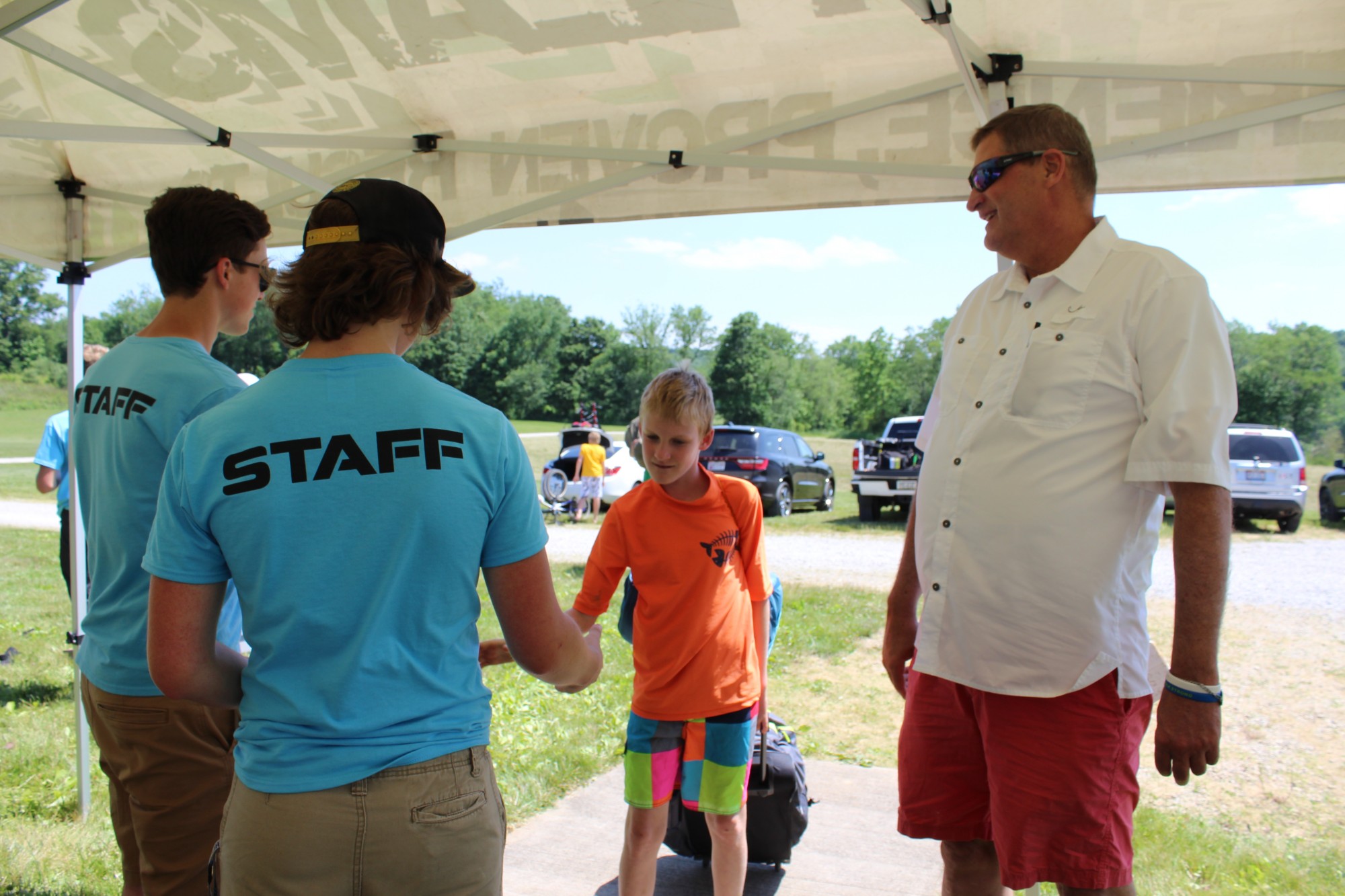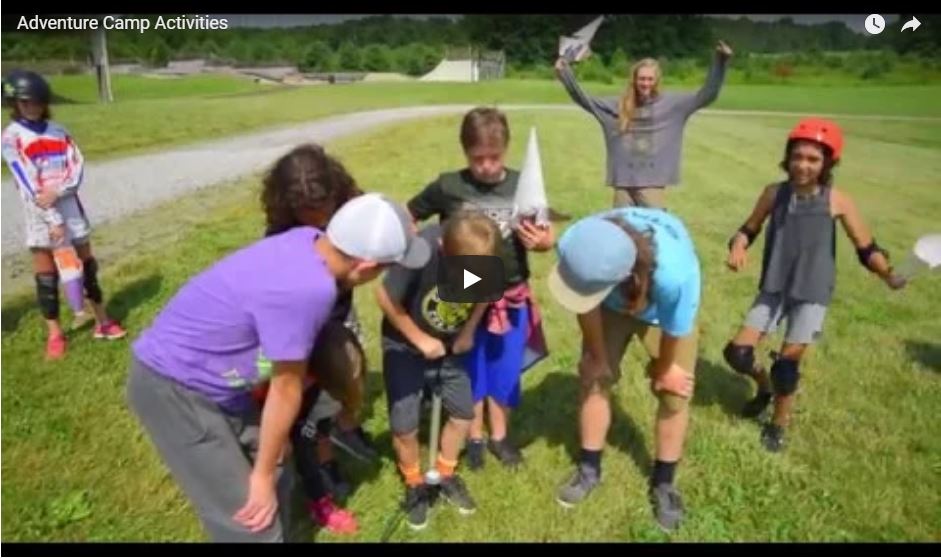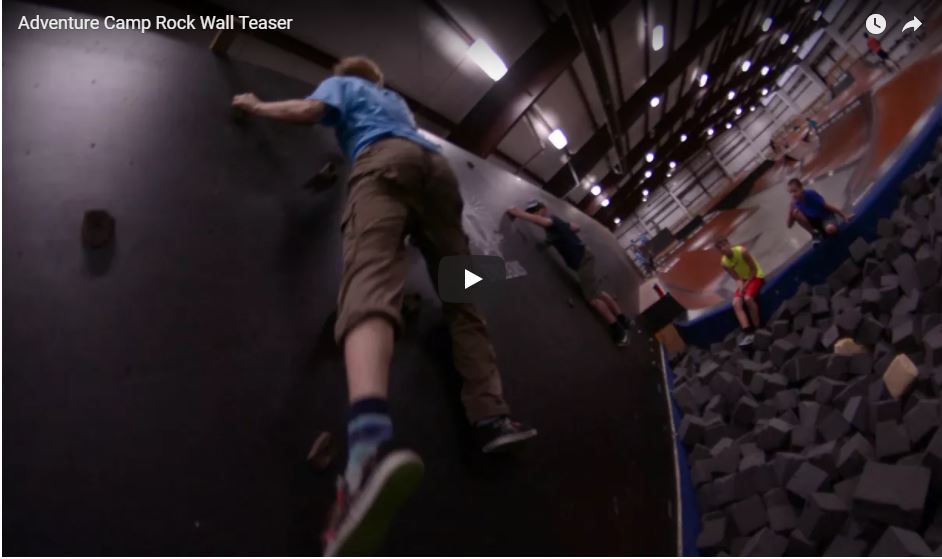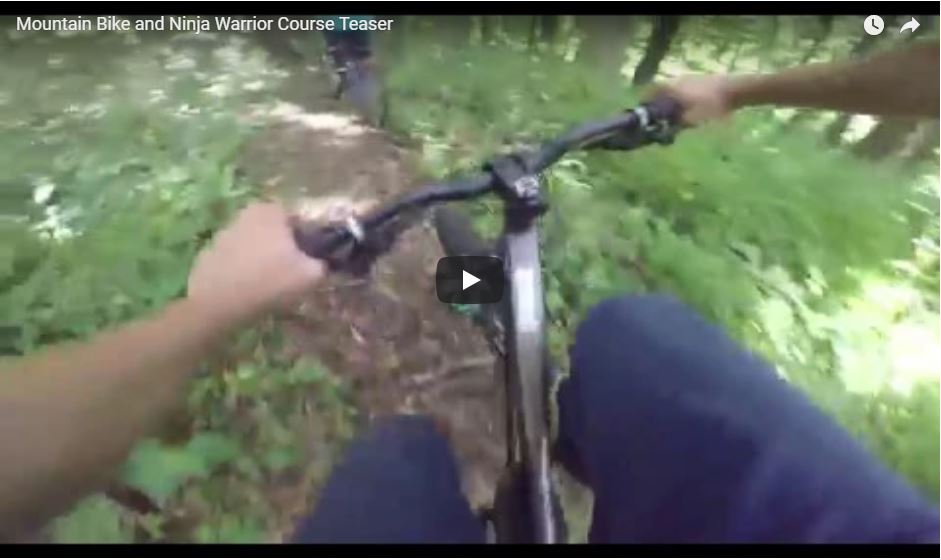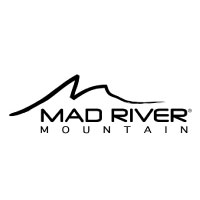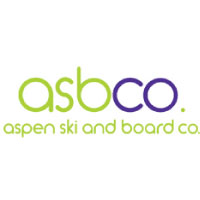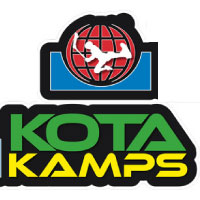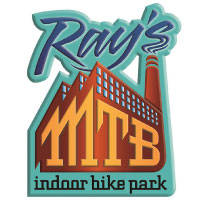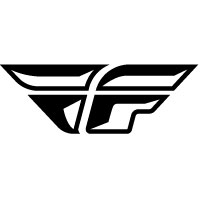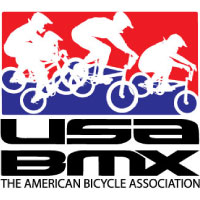BMX Race Home Training
The Truth of BMX Training. A Complete Guide.
***The following information applies to all racers and ages from Novice through "Experts that are getting moto'd at Nationals"
This guide is also just that, a guide, seek out your local USA BMX coach for assistance on proper form, execution, and feedback. It is also our belief that weight training is reserved for high level training and reaching (and even succeeding in) the expert ranks can be achieved through dedicated time spent on various on-the-bike work outs described below.***
What can I do to get faster?
This is the single most asked question in all of BMX Racing, and for good cause, everybody wants to be to the first one to the finish line. Bragging rights, alpha dog, biggest trophy and all that.
The answer is the coldest truth there is for many people. So what is it?
The answer is Time, you have to put in the time. Sure, there are many variables that can affect the amount of time it takes to reach your goal, but the answer is time. Simply put, if you don't put in the time, no magic training, gear, roll-out, bike weight, part, diet, or supplement will put you on the podium.
Time Creates Confidence and Confidence wins races, or as we put it at camp, Execution, Repetition, Confidence. The Execution and Repetition are the Time and the Confidence wins the races.
The next obvious question is "What should I be doing with my time?"
The correct answer is build your training pyramid from the ground up.
The first thing to understand about the training pyramid is that it is based on the amount of importance to place on each level, each level is important and the importance of each level increases once the level below it is complete.
Imagine each level as a level on a pyramid that you are building, there are times when building your pyramid you may jump ahead, an example of this is during the winter months when many riders are unable to ride they can work on pedaling and fitness skills, then when the weather allows, they can refocus on building their pyramid. However if you think you can skip ahead without competing the building of each level, your pyramid will topple over and you will become discouraged. Being in the best shape and being able to pedal fast does not guarantee winning a BMX race, just ask any road biker who has tried to win an expert level BMX race.
With the completion of each task, and each level, your confidence will grow along with your ability to win more races, but you must be honest with yourself about where you are on the pyramid.
- Proper Bike Fit
- Body Positioning
- Gate Balance
- Ability to pump individual straights
- 24 Inch Bunny Hop
- 30' Flat ground manual
- Performance Level bike
- Ability to read turn lines
- Ability to pump entire track
- Ability to clear 10' jump
- Ability to manual simple jumps
- Learning Proper Diet
- Increased Fitness Level
- Consistent Starts
- Ability to clear 20' jump
- Ability to manual multiple rollers
- Efficient pedaling
- High Performance Bike
- BMX Specific Fitness Training
- Proper Diet
- Ability to clear 'Pro' Jumps
- High level training

Complete Descriptions of each item by level
Level 1
Proper Bike Fit: Be sure to work with not only your local bike shop but your local coach as well. A bike does not need to be high-end to win, it just needs to fit right. Proper fit is one of the most important pieces of the puzzle to becoming faster. Never sacrifice fit for weight or fancy parts.
Body Positioning: Proper body positioning is very important to create good habits. It is very important to work in person with a coach as they will be able to give you feedback regarding your position.
- Foot position: The balls of your feet should rest on the center of your pedals and your toes should be pointed straight forward. Many new riders place their arches on the center of their pedals with their feet pointing out.
- Hand position: Hands should be shoulder width apart with wrists held in-line with your forearms. New riders tend to let their wrists drop creating a weak grip and loss of control.
- Head position: Learn to look forward and not down, holding your head up will allow stronger pedaling, quicker response times to jumps and the ability to see where you are going in turns.
- Hip position: Learn to move your hips and core fluidly depending on the situation you are presented in. Locked and tight during the first thirty to sixty feet of the race and then forward over jumps and back again to pedal quickly.
Gate Balance: While new riders are learning the basics of balancing on the gate, no matter what your level, you can probably learn more. Having complete control and balance on the gate is crucial to confidence and a solid start. No matter how many sprints you do, if you are unsteady on the gate, your starts will be inconsistent. Ask yourself the following questions: When you balance in the gate, are you wobbly or unstable? Are you able to look around and not lose your balance? Can you stand and back pedal and sit back down again? Do gates that are at different angles (shallow or steep) throw you off? If you are not 100% in control in the gate, you have lost the race before it even started.
Ability to pump individual straights: Pumping is one of the most basic, on-track skills you need as it will help keep you moving quickly on the track. Once mastered, pumping will help to increase your speed and will be the basis of many other skills. The first pumping goal is to be able to roll down the starting hill and pump the entire first straight, then pedal through the first turn, then pump the second straight and so on.
24 Inch bunny hop: This goal is lofty for new riders, but if there is anything that will help you more in BMX, it hasn't been invented yet. This is why it is included in Level 1 as it is one of the primary goals. Bunny hop drills will not only increase your ability to pump, jump and have more general control, but they are explosive work outs that will strengthen your arms, shoulders, back, core and more. If you are unable to bunny hop this height, get to it and learn it!
30' Flat ground manual: Like the 24 inch Bunny hop, this is a lofty goal for a beginner, but very important, especially in girls. Boys naturally develop this skill by spending many more hours simply riding. Manual drills, even if you can only manual a few feet will strengthen your back and shoulders, and help develop a balance and feel for your bike that will help you to maintain your track speed.
Level 2
Performance Level Bike: As you are getting more skills and confidence, it is time to start upgrading your bike. There are a few things to keep in mind if you are on a budget, the best parts in the world will not make you go faster if you don't have the basics down. You will always lose more speed by 'bonking' a jump or blowing a manual than you will if your bike is a few ounces heavier than your opponents. The best thing you can do here is to upgrade parts that you have outgrown or broken. If you have broken a part, ask yourself why it broke, and purchase accordingly. An example of this would be frequently bending rims because your are learning to jump, go ahead and get some beefier rims until you are smoother then go for the super light-weight ones.
Ability to read turn lines: So many times we see fast kids (and even grown adults) who have the capability to go so fast but lose all of their speed in a wrong-timed pass attempt in a turn. It is very important to work with a coach to get better at turns as learning can only take place when working with partners in a turn. The most important thing to understand about a turn is that the first goal should always be to maintain or increase your speed. Anytime you sacrifice speed to pass or even to block, you risk losing ground and positions. Learn to read the outside of a turn and learn to pass other riders by pedaling outside of them and pushing them down the turn. Once this skill is mastered without hesitation, all of the other skills and passing techniques are easy.
Ability to pump entire track: By this time you should be able to not only pump the entire track without taking one pedal, but you should be able to increase your speed with every roller and jump. Begin learning how to pump so well that you can clear jumps without even pedaling, this skill is crucial to understanding the speed/boost relationship for any given jump. It is also how you are able to maintain/increase speed on the track in a race when you are unable to pedal, such as in a long rhythm section.
Ability to clear 10' jump: This a benchmark, a goal that any rider can be proud of. The jump can be a table, a double, or a step-up. The goal here is not to go as fast and as low as you can either, you should work on doing it all; low and fast, slow and high, medium and easy. Learn how to feel your bike in the air, learn how different positions and movements can affect your balance, control, and speed. You can never truly be confident in a race if you are not in complete control of your bike.
Ability to manual simple jumps: As you become faster, there will jumps that are too big to 'double wheel pump' without bouncing and losing speed. Being able to keep your front wheel up while using your legs to pump your rear wheel and increasing your speed by eventually learning how to shift your weight forward as you exit the manual will be an essential skill. This is also the basis for a 'pedal manual' that is fast and smooth.
Learning Proper Diet: Diet is important in life just as much as in racing. For now, what we ask is a simple evaluation of what you are eating. There is no magic supplement, but there are basic healthy choices. Like choosing an apple over a candy bar, or choosing a water instead of a soda. Start working on making healthier choices, remember that moderation is key, so don't force yourself to not enjoy life either, that just creates resentment. Just cut back on candy and sugar and try to eat more veggies... seriously, eat more veggies.
Level 3
Increased Fitness Level: The first two levels really focus on getting those basic skills down. If you have been working on those for at least an hour a day you have been slowly increasing your fitness level. That is the best part about BMX Racing, learning the skills is amazing exercise on its own. Moving forward, we will start to combine skill work with fitness, both basic and specific to BMX Racing.Consistent Starts: The unknown ruins our confidence and our ability to win races. Not knowing if you are going to get a 'good' start or a 'bad' start will leave even an experienced rider nervous and twitchy on the gate. We need to create patterns of practice and training that will put you on the gate for a race relaxed and confident in the start you know you are going to get. Consistent starts will create consistent results, and will give you accurate readings on what you need to focus on to continue to improve.
Ability to clear 20' jump:
Ability to manual multiple rollers:
Efficient pedaling:
High Performance Bike:
What to do with all of this information?
The first thing to with all of this is to review it, careful and truthfully and then set goals. Write them down. Winning Expert races may seem like a huge goal, but when you set many smaller goals and check them off of your list one at a time, eventually larger goals will be achieved.
Everybody should have the same first goal on their list: Consistency
Think of training as earning credits, the more credits you have, the more confidence and winning ability you have. Credits are best earned everyday, even if it's just a small amount each day they will add up much more than trying to cram large amounts in only one days time each week.
The following workouts will each focus on a goal within the outlined levels. The workouts are 'a la carte' and each may be chosen on any given day as your workout. Each workout is considered one credit. You may choose up to two workouts per day if you are not showing signs of being tired. Performing a workout when tired can actually cause you to slow down so be weary of rest days. The goal is to earn 7 credits each week. The most credits you should try and earn each week is 14.
Remember, the most important part is to try and complete one workout each day and earn a credit.
When doing two workouts in a day, be sure that at least 4 hours rest and two good meals are scheduled between each workout.
Rest Day:
One complete rest day each week is worth one credit. Unless you are sick, any other day where nothing is completed is a day where no credits are earned.

